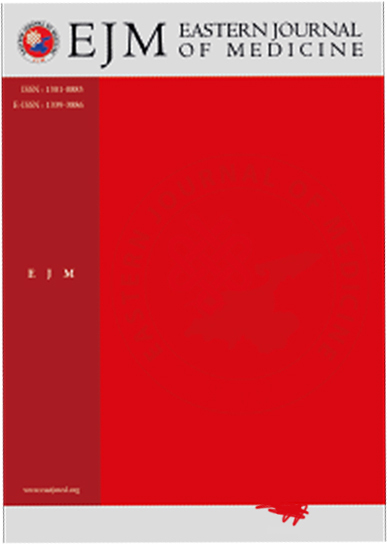Effect of final irrigants on tooth discoloration in regeneration treatment
Yousef Mk Saed1, Ozgur Genc Sen21Department of Dentistry, Al Najah University, Nablus, Palestine2Department of Endodontics, Dentistry Faculty, Van Yuzuncu Yil University, Van, Turkey
INTRODUCTION: This study evaluated the effect of different final irrigation solutions used with blood or PRF scaffolds on crown discoloration during regenerative treatment.
METHODS: The apical portion of eighty single-rooted teeth was resected. Root canal preparation and irrigation procedures were done, and calcium hydroxide paste was placed into the canals. The teeth were incubated for three weeks at 37 °C. After removing the dressings, specimens were randomly divided into four groups (n = 20) according to the final irrigants used: group 1; NaOCl, group 2; EDTA, group 3; MTAD, and group 4; Qmix. Then, each group was split into two subgroups according to the scaffold (blood or PRF) applied, and teeth were left for incubation at 37 °C. The color measurements were performed at one and three months. Statistical analyses were performed using Two-way ANOVA and Duncan's test.
RESULTS: At one and three months, all irrigant groups showed crown discoloration. The differences among the irrigation groups were not statistically significant in the blood group either in the first or third months. There were no significant differences between NaOCl and EDTA in the PRF-used groups, whereas MTAD and Qmix caused significantly higher discolorations than the other irrigants at both periods.
DISCUSSION AND CONCLUSION: Under the limitations of this study, from the esthetic point of view, the use of Qmix and MTAD in RET seems unsuitable. When the minimal discoloration effects are considered, the NaOCl may be the first choice to use either with blood or PRF.
Manuscript Language: English














